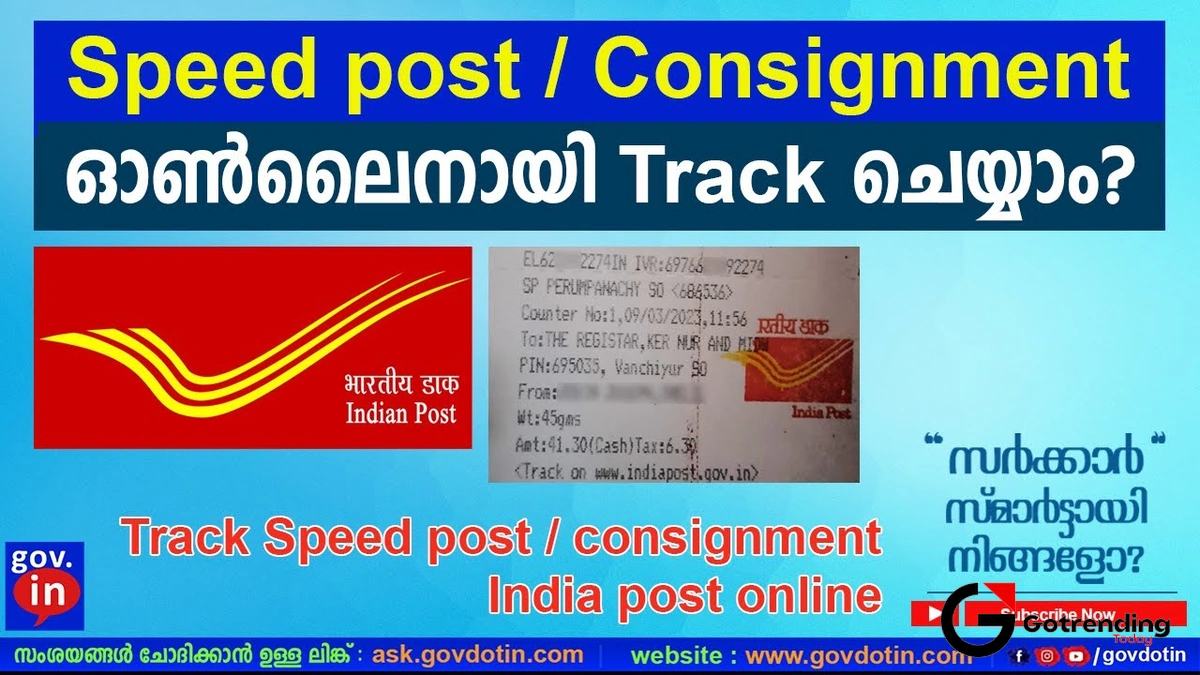The PNB You Think You Know Is History | Why India’s Oldest Bank is Its Most Important Story Right Now
Let’s be honest. When you hear ” Punjab National Bank ,” what comes to mind? For many of us, it’s a specific, almost sepia-toned image. It might be the memory of your parents opening your first savings account, the faded blue passbook tucked away in a steel almirah. It’s the long queues, the polite but busy tellers, the sheer, undeniable presence of a government bank. It’s solid. It’s dependable. It’s… well, a bit old-fashioned.
But here’s the thing. That version of PNB is fading faster than the ink on that old passbook. The bank we see today is a completely different beast. It’s a sprawling financial behemoth, forged in the fire of crisis, and now grappling with one of the most ambitious digital transformations in Indian banking. It’s a story that’s not just about banking; it’s a story about India itself.
What fascinates me is that PNB’s journey is a microcosm of our nation’s economic saga. It’s a tale of nationalist pride, shocking scandals, colossal mergers, and a frantic race towards a digital future. So, let’s sit down, grab a metaphorical cup of chai, and talk about why the story of Punjab National Bank is one of the most important, and surprisingly thrilling, stories in India right now.
The Bank That Was Born From a Freedom Struggle
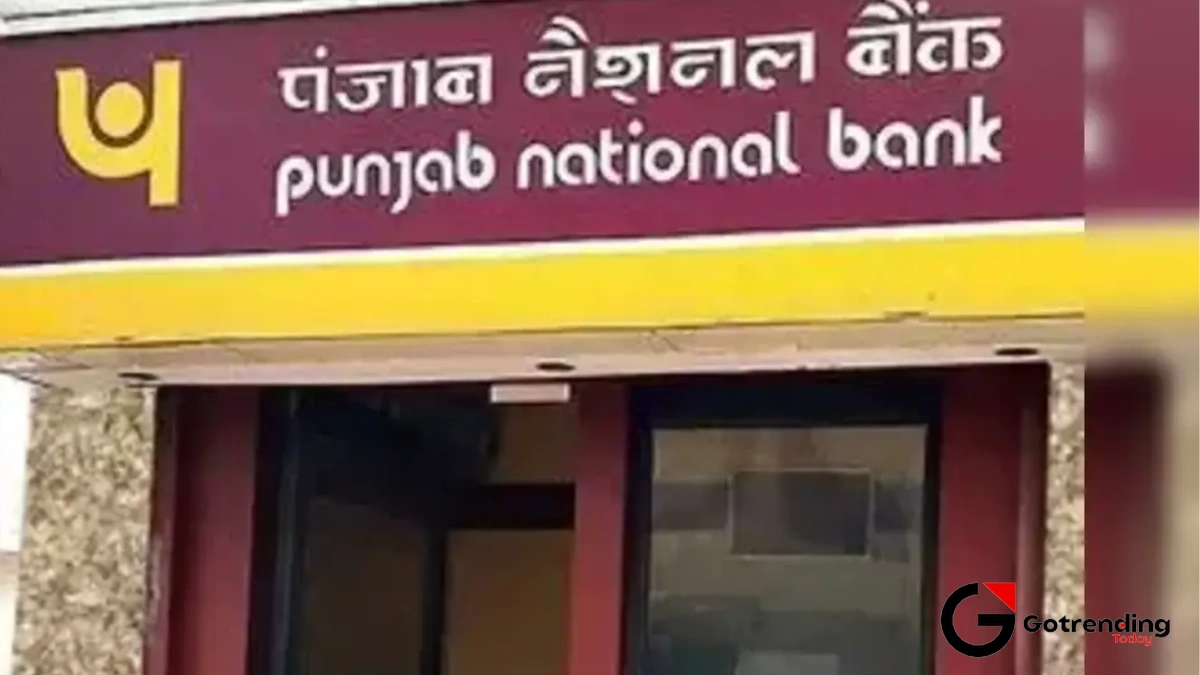
You can’t understand PNB today without understanding its DNA. This isn’t just any bank; it was founded in 1894 in Lahore, born out of the Swadeshi movement. Think about that for a second. Its founding fathers, including luminaries like Lala Lajpat Rai, weren’t just thinking about creating a business. They were making a political statement.
The idea was revolutionary: an Indian bank, run by Indians, with Indian capital, serving the Indian people. At a time when the entire financial system was controlled by the British, PNB was an act of economic defiance. It was the first purely Indian-managed bank that has survived to this day, and its list of early account holders reads like a who’s who of the independence movement Mahatma Gandhi, Jawaharlal Nehru, and Lal Bahadur Shastri, to name a few.
This legacy matters. It created a deep-seated trust, a sense that PNB was “our” bank. This emotional equity, built over 125+ years, is something no new-age fintech startup can replicate. It’s the reason why, for millions of Indians, PNB remains the default choice for their life’s savings. But that very trust was put to its most severe test in recent history.
Weathering the Storm | A Crisis of Trust and a Quiet Comeback
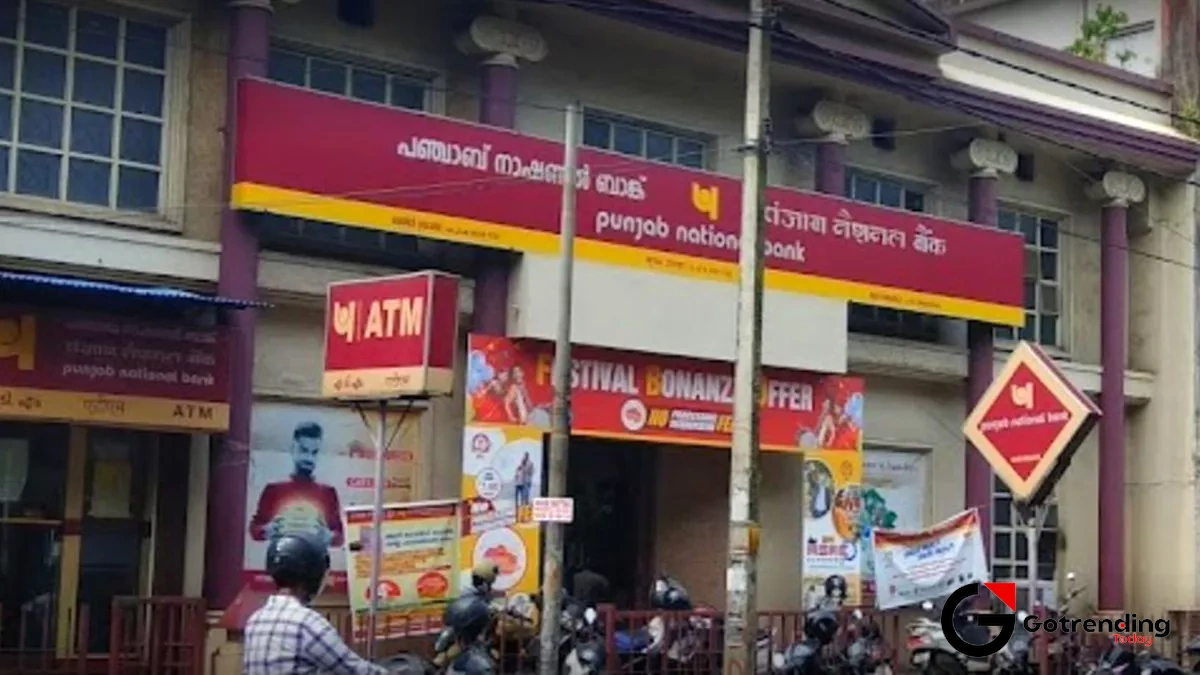
Let’s not beat around the bush. In 2018, the Nirav Modi scandal hit PNB like a thunderbolt. The scale of the fraud over ₹13,000 crores was staggering. It wasn’t just a financial loss; it was a body blow to the bank’s reputation. The headlines were brutal, public trust was shaken, and questions were asked about the very systems that governed our public sector banks (PSUs).
For a while, it felt like the grand old bank might be permanently damaged. But what happened next is the crucial, often-overlooked part of the story. PNB didn’t collapse. It absorbed the hit, initiated painful but necessary clean-up processes, and began the long, arduous journey of course correction. They overhauled their risk management systems, tightened internal controls, and focused on recovery.
What this period truly revealed was the sheer resilience of the institution. It was a wake-up call, forcing the bank to confront its vulnerabilities. The recovery wasn’t flashy, but it was steady. This journey from the brink is critical to understanding the PNB share price today and the cautious optimism surrounding its future. It proved that the foundations, laid over a century ago, were strong enough to withstand even the most violent of storms.
The Great Merger | Is Bigger Actually Better for PNB?
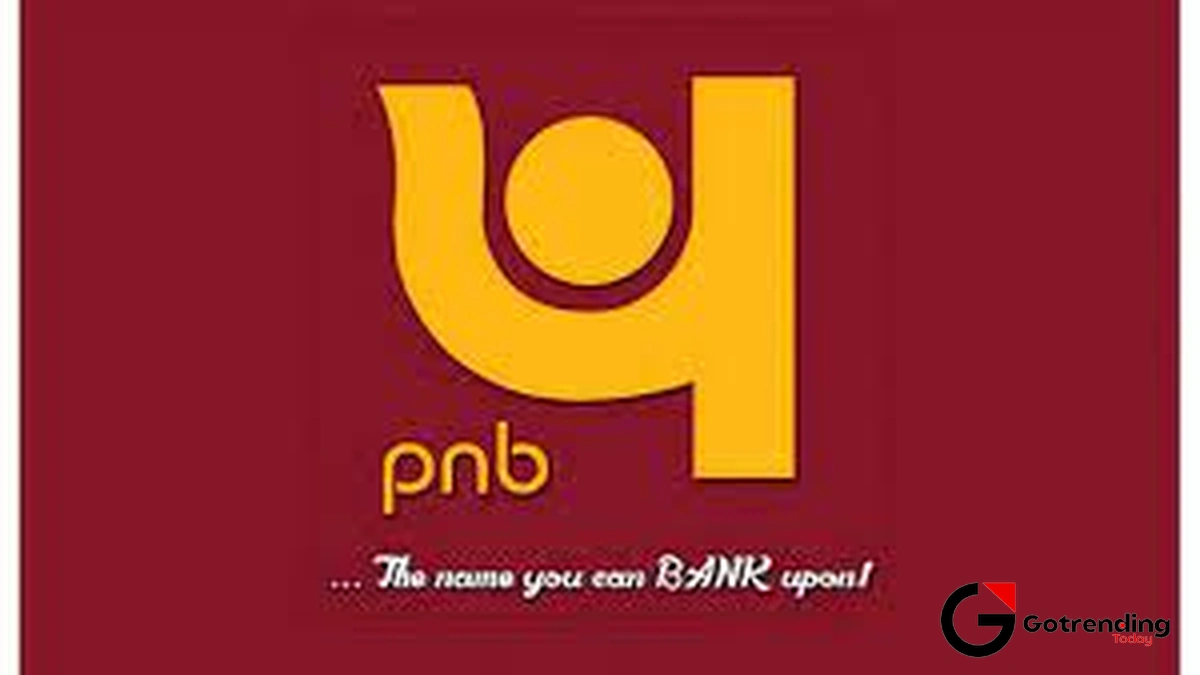
Just as PNB was finding its footing again, the government announced its “mega-merger” plan for public sector banks. In April 2020, two other respected institutions, Oriental Bank of Commerce (OBC) and United Bank of India, were merged into Punjab National Bank . Overnight, PNB became the second-largest public sector bank in India, a colossal entity with over 10,000 branches and a massive customer base.
On paper, the logic was to create a handful of globally competitive, “too big to fail” banks. But the reality on the ground was a Herculean task. Imagine trying to merge three distinct corporate cultures, three different technology platforms, and thousands of employees with varying systems and processes. It was messy.
For customers, it meant changes to IFSC codes, account numbers, and cheque books. For the bank, it was a test of integration at an unprecedented scale. I initially thought this would be a decade-long headache, but PNB managed the technological integration with surprising speed. This merger, while challenging, has given PNB an enormous footprint across India, especially in the East and North. It has diversified its portfolio and created an entity with the scale to finance India’s next wave of growth. The question now isn’t about the merger itself, but how PNB leverages this massive new scale. The answer, it seems, lies in your pocket.
PNB in Your Pocket | The Digital Leap and What It Means for You
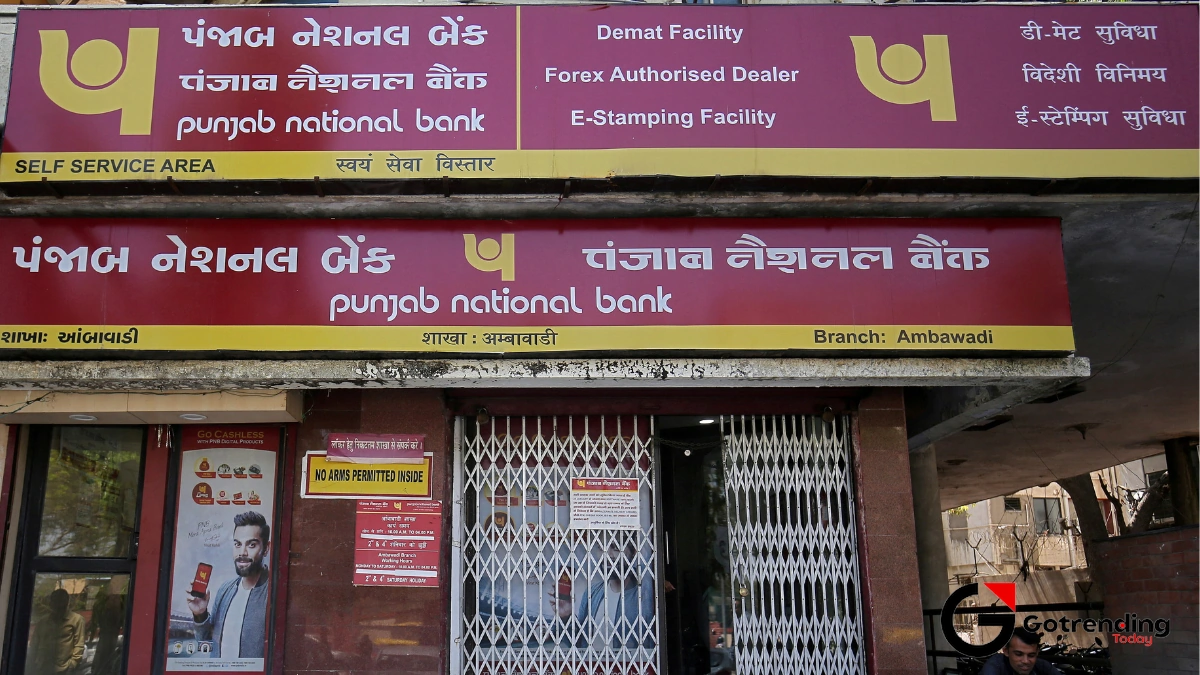
For years, the Achilles’ heel of most PSU banks has been technology. Clunky websites, confusing apps, and services that just didn’t match up to their private sector counterparts. PNB was no exception.
But the post-merger, post-crisis PNB has put digital transformation at its absolute core. The PNB One App is the centerpiece of this strategy. It’s not just a refreshed app; it’s a statement of intent. The bank is aggressively pushing everything from basic fund transfers and bill payments to pre-approved digital loans and online account opening through its mobile platform.
Let’s be real, it’s not perfect. There are still occasional glitches, and the user experience can sometimes feel a step behind the slickest fintech apps. But the progress is undeniable. You can now do things on the PNB One app that would have required a mandatory branch visit just a few years ago. This focus on pnb net banking and mobile services is the bank’s big bet on the future. They know they can’t compete on legacy alone. To win over the next generation of customers, they need to be just as convenient and accessible as any other bank. It’s the old giant learning to dance, and while it might step on its own toes occasionally, it’s definitely on the dance floor. If you haven’t logged into your PNB account online in a while, you might be surprised at the difference. You can find more info on similar corporate strategies from firms like Tata Capital , who also blend legacy with modern finance.
Your PNB Questions, Answered
Is my money safe in PNB after the past issues?
Yes. This is a crucial point. PNB is a public sector bank, backed by the Government of India. Deposits are insured up to ₹5 lakh per depositor by the DICGC. More importantly, the bank has undergone significant reforms since 2018 to strengthen its systems and prevent such frauds, making it arguably more secure now.
Which banks merged with PNB?
Oriental Bank of Commerce (OBC) and United Bank of India (UBI) were merged into Punjab National Bank, with the merger taking effect on April 1, 2020. This made PNB the second-largest PSU bank in the country.
How do I activate the PNB One app?
You can download the app from the Play Store or App Store. For registration, you’ll need your customer ID and registered mobile number. The app will guide you through setting up an MPIN for secure login. It’s a fairly straightforward process designed for self-service.
Is PNB a fully government-owned bank?
No, it’s not fully government-owned, but the Government of India is the majority shareholder. This makes it a “public sector” bank, where the government holds a controlling stake, ensuring its stability and strategic direction. You can see a similar dynamic in other financial institutions like the Federal Bank Share Price , where ownership structure is key.
What’s the best way to contact PNB customer care?
The quickest way is often through their toll-free numbers. The pnb customer care team is accessible 24/7. Their official website,pnbindia.in, lists the latest contact numbers and email addresses for grievance redressal.
So, the next time you see a PNB branch, look beyond the facade. Don’t just see an old government bank. See an institution that carries the weight of Indian history, one that has stared into the abyss and walked back. See a financial giant grappling with change, trying to serve millions of new, digitally-savvy Indians while still holding the trust of their grandparents. The story of Punjab National Bank isn’t over. In fact, the most interesting chapter is just beginning.

